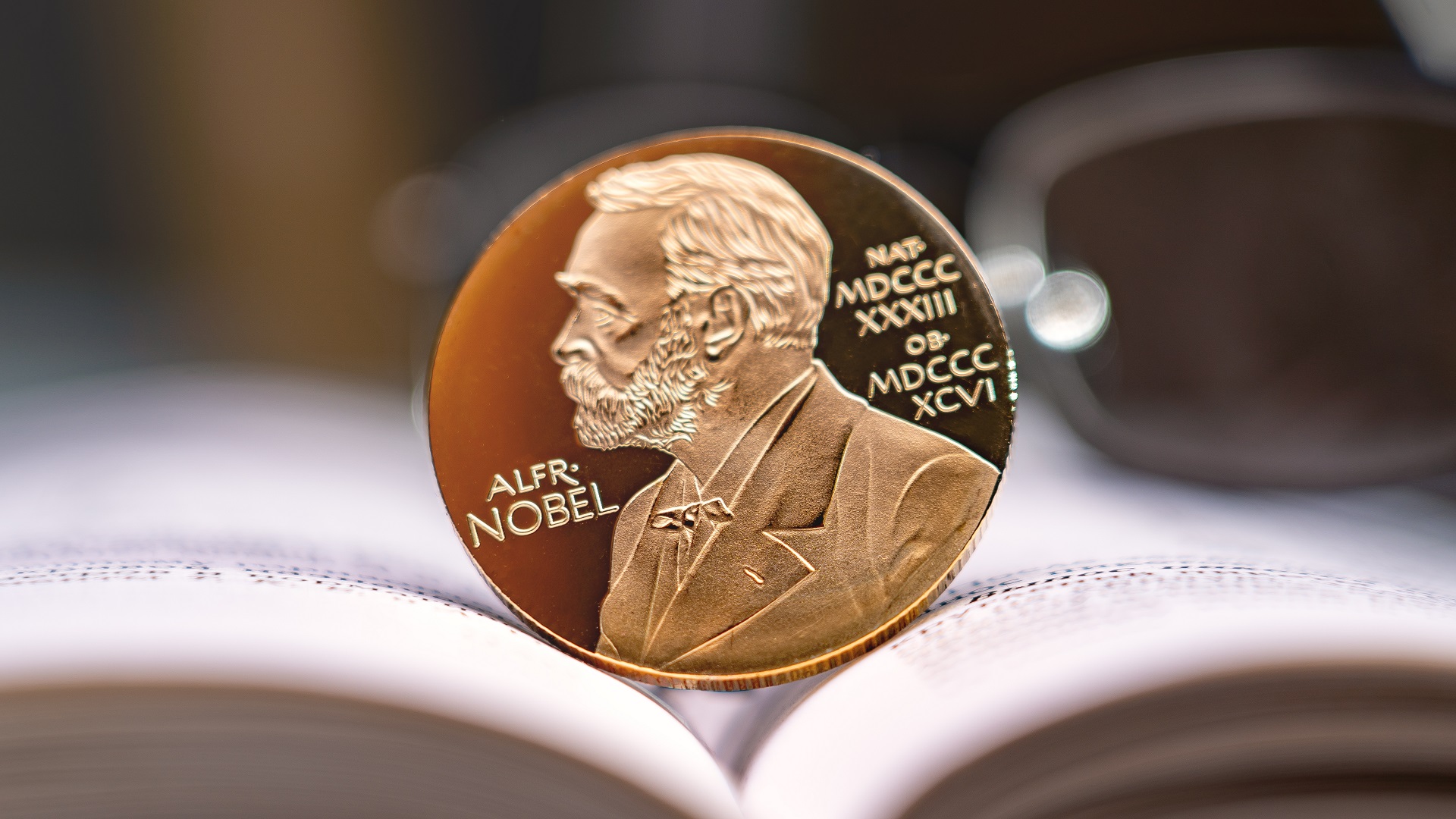Researchers look to nature to pull water from the air›››
It’s a macroscopic miracle
Nobel physics prize split three ways for quantum workdone in the 80s 9 Oct 2025

This year’s Nobel Prize in Physics goes to three researchers for their work in quantum mechanics … decades ago.
Michel H. Devoret, Yale University, John M. Martinis, University of California, Santa Barbara and John Clarke, University of California, Berkeley, were awarded the prestigious prize for their breakthrough work in a string of experiments on superconducting quantum circuits in the 1980s.
It’s unusual to award a Nobel Prize today for work done over four decades ago, and no one was more surprised than the recipients: “I’m completely stunned. At the time we did not realize in any way that this might be the basis for a Nobel Prize,” said Clarke in a news conference just after he was told of the win. “Many people are working on quantum computing; our discovery is in many ways the basis for this.”
“Quantum mechanics is the foundation of all digital technology.”
– Olle Eriksson, chair of the Nobel Committee for Physics
“The laureates used a series of experiments to demonstrate that the bizarre properties of the quantum world can be made concrete in a system big enough to be held in the hand. Their superconducting electrical system could tunnel from one state to another, as if it were passing straight through a wall. They also showed that the system absorbed and emitted energy in doses of specific sizes, just as predicted by quantum mechanics,” the Nobel website reads.
Ultimately, their work revealed that using quantum tunneling allows electrons to burrow through the energy barrier. This demonstrated that quantum tunneling can also be reproduced in electrical circuits in the real world.
Because of this, quantum chips that function using qubits with heightened abilities now exist, helping to solve problems classical computers cannot.
For example, in drug development, these chips can be used in complicated chemical and molecular reactions simulations offering a high level of accuracy that is far beyond the capability of classical supercomputers.
 IMAGE: Shutterstock
IMAGE: ShutterstockOther fields that can develop because of quantum chips include artificial intelligence, logistics, supply chain management, financial modeling and advanced scientific research.
In a press release, Olle Eriksson, chair of the Nobel Committee for Physics said, “It is wonderful to be able to celebrate the way that century-old quantum mechanics continually offers new surprises. It is also enormously useful, as quantum mechanics is the foundation of all digital technology.”
Though the discovery was made in the 1980s, it was profound, overarching and continues to be the foundation upon which quantum computing develops. The practical applications at the time of the discovery weren’t necessarily apparent, but they are now.
The laureates share a cash prize of 11 million Swedish kronor (U.S.$1.16 million).
More like this: Quantum sensors push precision measurements to new heights
Get the latest articles, news and other updates from Khalifa University Science and Tech Review magazine
